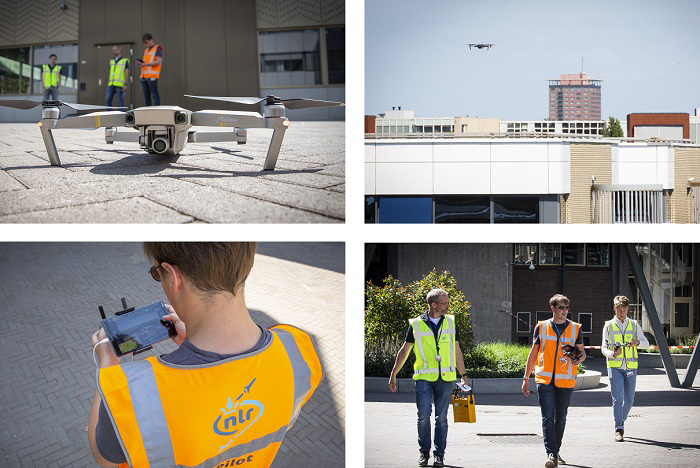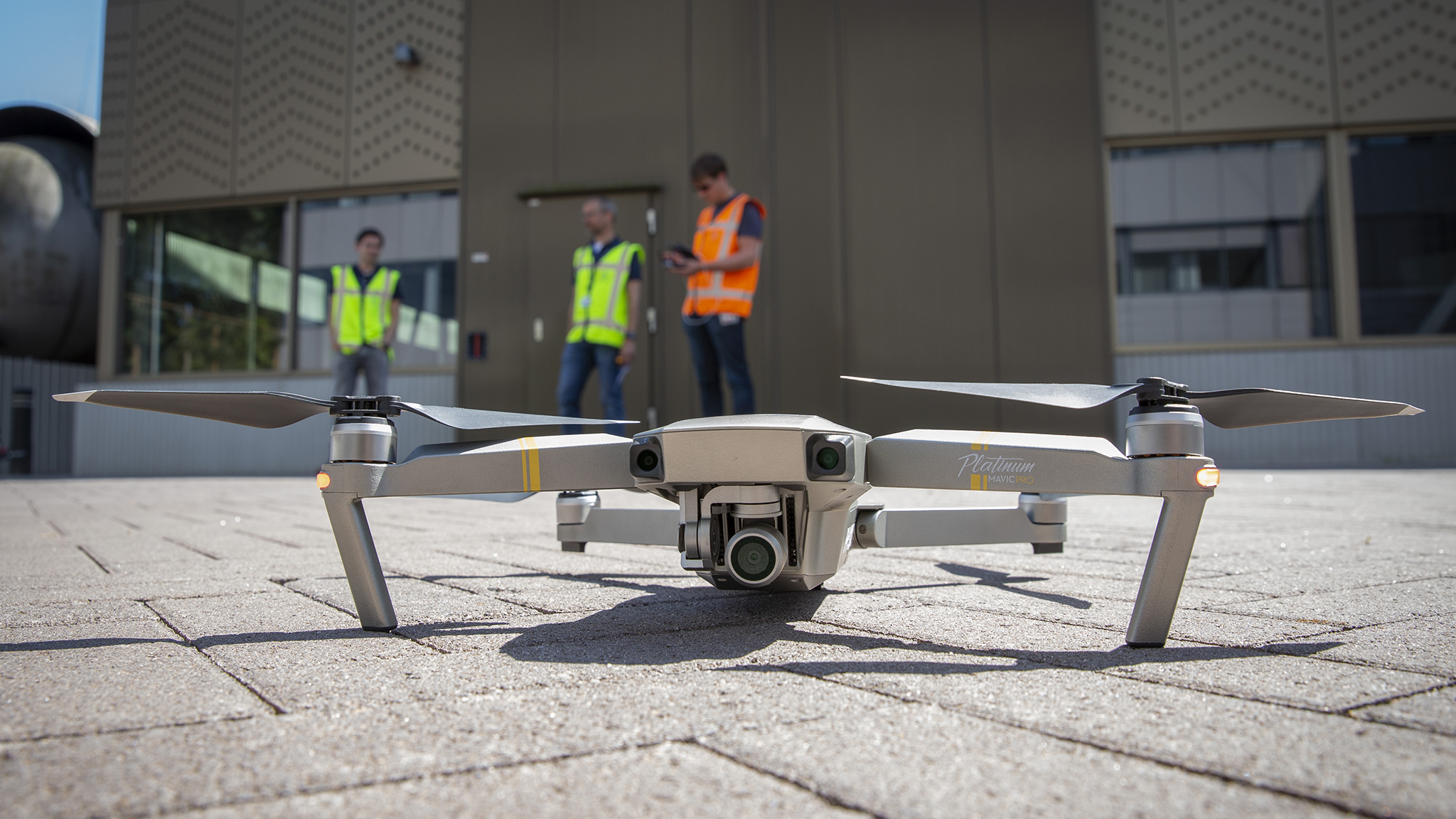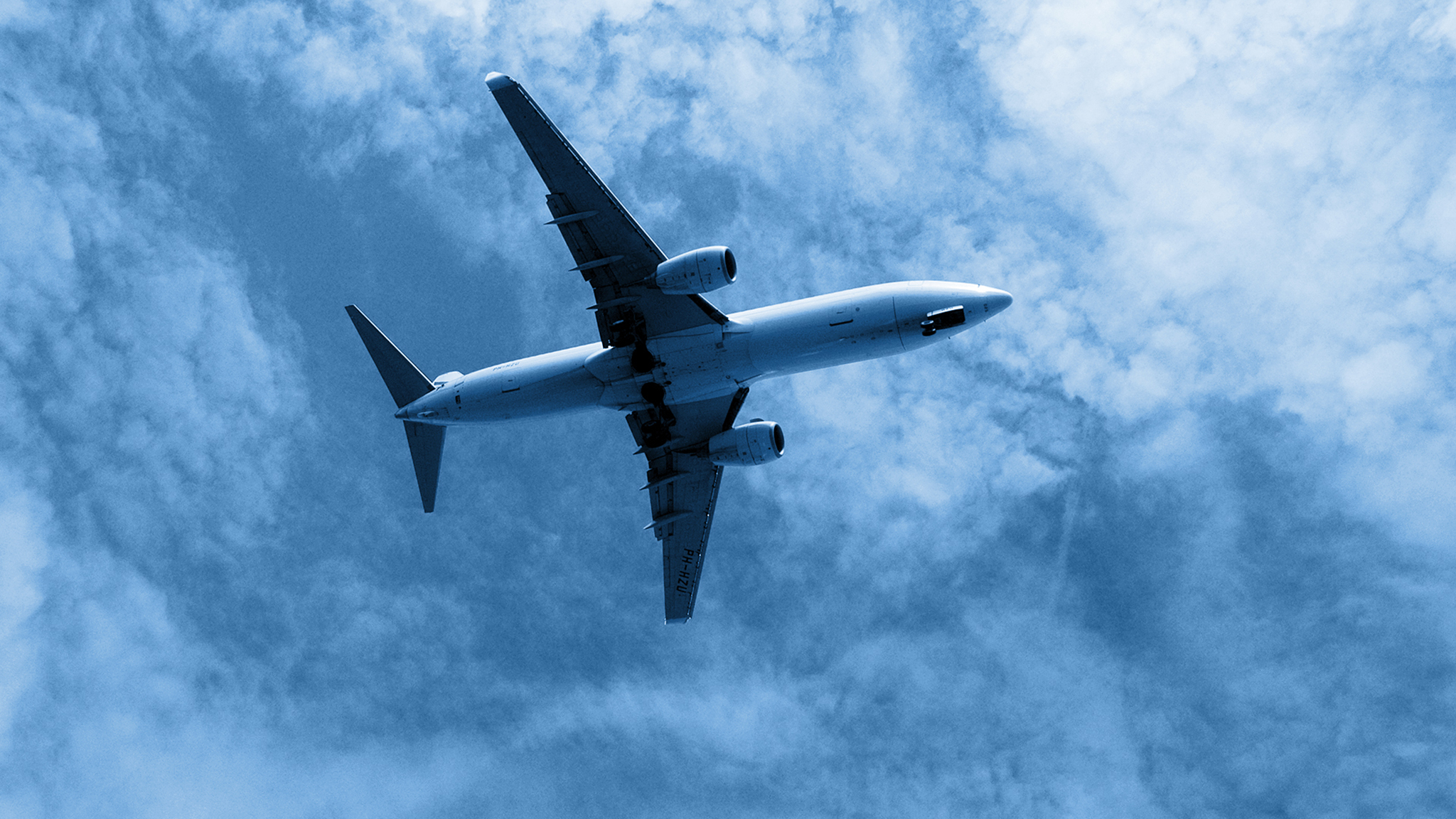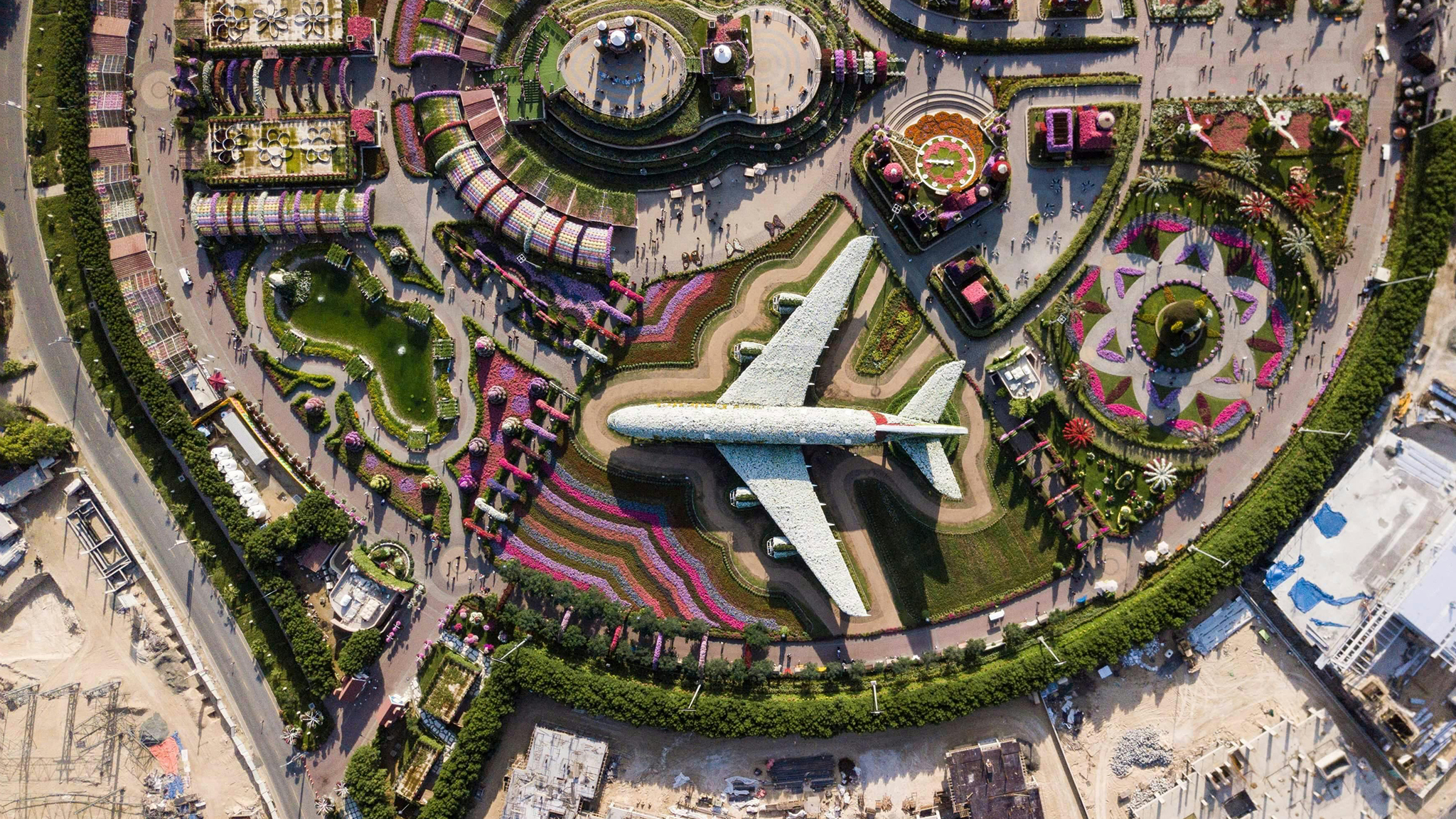In the future, the lower airspace of cities will be occupied by drones performing different tasks: medical emergency services, law enforcement or quality inspections are only some examples of the many use cases to come. In fact, several companies have already released their vision on how to deploy drones to optimise their services while reducing congestion and improving quality of life in cities.
Yet, many challenges need to be overcome in order to realise these visions. One of the challenges, and arguably one of the biggest showstoppers, is safety. Currently regulation is in place for drone operations in The Netherlands, meaning that operations are prohibited in most areas of the airspace. This applies especially for urban environments and for areas in the vicinity of an airport, where drones are not allowed to fly due to risk of incursion with manned aviation.
However, due to the corona crisis reducing manned flights up to approximately 85% in comparison to the same period last year, Dutch skies became quieter than ever. This decline in flight activity allowed the Ministry of Infrastructure and Water Management (I&W) to lift the ban temporarily on the use of drones in the control zone of Schiphol. Consequently, at Royal NLR we took this opportunity to take our research to the next level and perform a drone flight demonstration at our site located in Amsterdam.

A water inspection mission is a promising use case for future smart cities
The aim of performing this drone flight is not something that came over night. Rather, it was the result of years of working on drone related topics and a logical step towards the development of Urban Air Mobility. Hence, the goal of this demo flight was not only to demonstrate the possibilities of drone operations in cities, but also to showcase the potential of a future NLR DronePort in Amsterdam. The chosen use case to be demonstrated was a water inspection mission – a promising use case for the future of smart cities. By performing this concrete, socially relevant case, NLR was able to address the challenges embedded in the operation of drones within the Control Traffic Region (CTR) of airports and help The Netherlands to move forward in the development of UAM.
For this demo to take place much preparation had to be undertaken by Royal NLR’s team. The process started around April, amidst the corona lock down and when the demo flight was merely an ambitious goal to achieve. Many activities had to be taken care of in order to submit a formal request for the demo flight (e.g. operational plan, submission of ground and airspace information, risks analysis, etc.). Two months forward and with the approval from Air Traffic Control, The Netherlands (LVNL), I&W, and the inspectorate of environment and transport (ILT) the first NLR drone flight in the CTR of Schiphol took place, successfully.
NLR’s focus is to pave the way in U-space and Urban Air Mobility
As a research and innovation centre, NLR’s focus is to pave the way in U-space and Urban Air Mobility. Thus, the drone flight was one step of many more to come. NLR envisions a future in which drones will be an integrated and accepted actor of cities’ environment. Just like at NLR, there will be other DronePorts throughout the city creating a network of hubs for drones to operate within, supported by many U-space services providers, and used by both commercial and public parties. NLR works on making drone operations safe, environmentally sustainable and publicly accepted, allowing cities to reduce congestion, optimise efficiency, and ultimately improve the life quality of its citizens – are you ready for the future?




